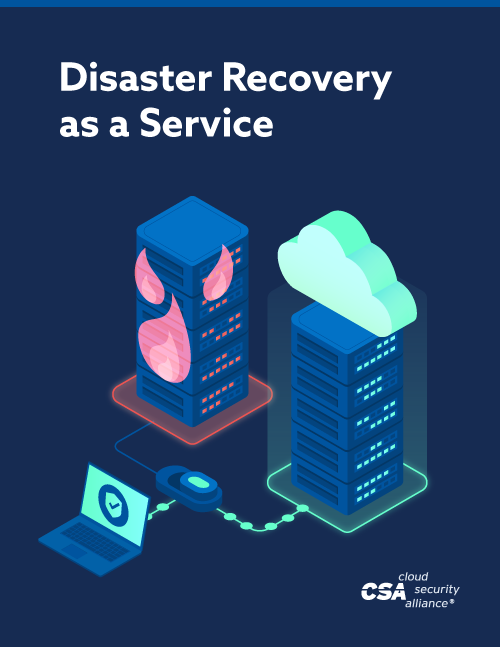Working Group
Security as a Service
The purpose of this working group is to identify consensus definitions of what Security as a Service means, to categorize the different types of Security as a Service and to provide guidance to organizations on reasonable implementation practices.
View Current ProjectsDisaster Recovery as a Service
Working Group Leadership

Amit Kandpal
Director of Customer Success, Netskope
This person does not have a biography listed with CSA.

Jens Laundrup
Chief Security Engineer and Executive Consultant, Emagined Security Inc.
Jens Laundrup, Chief Security Engineer and Executive Consultant, Emagined Security Inc., has spent over 30 years in the Information Security space to include numerous security engineering disciplines including Military, Government and Corporate Information Security, Compliance Program Design, Architecture Design, and Network & Physical Security. Mr. Laundrup has led the development and design of cutting-edge risk-based security programs and...

Michael Roza
Head of Risk, Audit, Control and Compliance
Since 2012 Michael has contributed to over 100 CSA projects completed by CSA's Internet of Things, Zero Trust/Software-Defined Perimeter, Top Threats, Cloud Control Matrix, Containers/Microservices, DevSecOps, and other working groups. He has also served as co-chair of CSA's Enterprise Architecture, Top Threats, and Security-as-a-Service working groups while also serving as the Standards Liaison Officer for IoT, ICS, EA, SECaaS, and Cloud K...
| Publications in Review | Open Until |
|---|---|
| Information Technology Governance, Risk, and Compliance in Healthcare v2 | Apr 26, 2024 |
| Lenses and Processes - CCSK v5 Study Guide | Apr 28, 2024 |
| Enterprise Authority To Operate (EATO) Controls Framework | May 12, 2024 |
Who can join?
Anyone can join a working group, whether you have years of experience or want to just participate as a fly on the wall.
What is the time commitment?
The time commitment for this group varies depending on the project. You can spend a 15 minutes helping review a publication that's nearly finished or help author a publication from start to finish.
Virtual Meetings
Attend our next meeting. You can just listen in to decide if this group is a good for you or you can choose to actively participate. During these calls we discuss current projects, and well as share ideas for new projects. This is a good way to meet the other members of the group. You can view all research meetings here.
No scheduled meetings for this working group in the next 60 days.
Open Peer Reviews
Peer reviews allow security professionals from around the world to provide feedback on CSA research before it is published.
